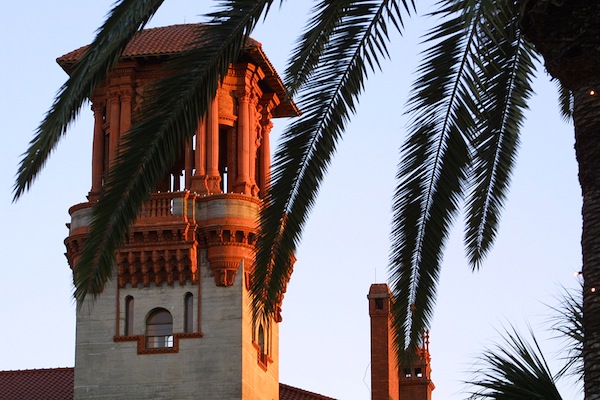With its gorgeous beaches, thrilling theme parks and fascinating wildlife, it’s no surprise Florida is a favorite destination for families. From the nation’s oldest settlement, to sponge docks, trains, planes and Indian mounds, Florida also has an intriguing history. Here are a few great historical sites to entertain the family.
St. Augustine
Settled by Pedro Menéndez de Avilés in 1565, historic St. Augustine is the oldest successful European settlement in the nation and the ideal place to experience Florida’s history.
Watch a blacksmith welding, see a carpenter at work on his latest craft, or converse with a solider and his wife on the streets of a recreated 1740’s town in the Colonial Spanish Quarter Museum – St. Augustine’s only living history museum. Be sure to take the kids by the Oldest Wooden Schoolhouse, where teachers and students recreate the school days from over 200 years ago through the use of state-of-the-art audio-animatronics.
Occupying more than 20 acres along the downtown corridor, Castillo de San Marcos National Monument is the centerpiece of historic downtown St. Augustine. Construction on the fort began in 1672 and took 23 years to build. The kids will have a blast exploring the gun deck and secret chamber. Be sure to check out the second level of the fort for an up-close look at the towers where soldiers stood guard. Re-enactors entertain with cannon-firing demonstrations every weekend.
Located on a small island, Fort Matanzas was built to help defend Castillo and St. Augustine from the south. Its remote location meant soldiers rotated on and off the island for 30 day tours of duty. Although smaller than Castillo, Fort Matanzas is accessible only by a ferry, which adds a bit of additional adventure.
On 15 waterfront acres in an area first explored by Juan Ponce de León in 1513, you’ll find the Fountain of Youth. The park has a long and rich history, spanning nearly 500 years. Highlights include a Spanish Watchtower, the Menendez 1565 Settlement Field, a 600-foot Founders Riverwalk and, of course, the Fountain of Youth.
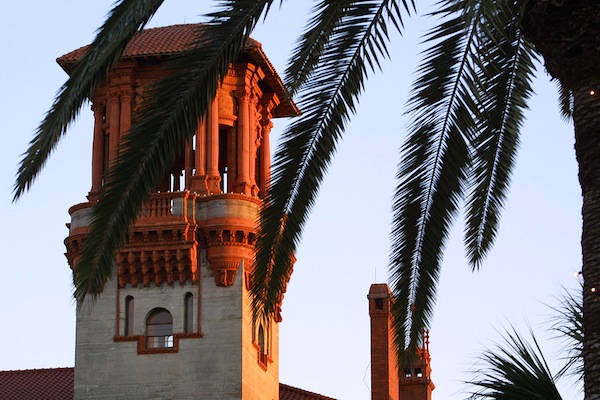
Indian Temple Mound Museum
Before European settlers came to St. Augustine, Florida was home to Native American tribes. Between 800AD and 1,000AD, these tribes built shell mounds all around the state.
The Indian Temple Mound Museum in Fort Walton Beach is situated near one of the largest ceremonial mounds in the state. With roughly 1,000 artifacts and extensive exhibits, the museum gives visitors an inside look at the lifestyles of four southeastern American Indian groups that inhabited the Choctawhatchee Bay region for 12,000 years. Temple Mound also offers tours, a research library and a museum shop.
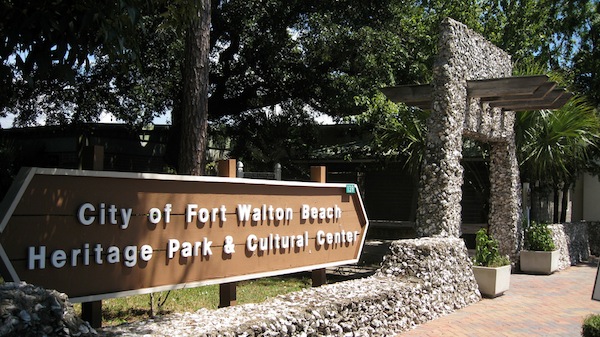
Tarpon Springs
Located just north of Tampa along the Gulf of Mexico, Tarpon Springs is known as the sponge capital of the world. The sponge industry helped build a Greek community that is famous not only for its sponges but for some of the finest Greek restaurants, markets and bakeries.
The Spongeorama’s sponge factory has the world’s largest selection of natural sea sponges and provides an introduction to the sponge docks at the onsite museum and theatre show. The kids are sure to enjoy the St. Nicholas Boat Line sponge diving tour. During the boat tour, a diver goes overboard to harvest a sponge and then gives you the opportunity to see and feel a live sponge.
Listed on the National Register of Historic Places, the brick streets of the charming downtown are lined with art galleries, antiques stores and specialty shops housed in buildings dating from the late 1800s.
Ybor City
In 1886, Don Vicent Martinez Ybor built a cigar factory just east of downtown Tampa and began to organize a Cuban community whose flavor still permeates this Tampa neighborhood.
The Ybor Museum State Park, a one-acre urban state park housed in the former Ferlita Bakery, offers a glimpse into the history of the neighborhood and its people. Museum displays include original cigar box cover labels, cigar-rolling demonstrations and restored casitas, which were once the homes of cigar factory workers.
Kids will be entertained with a ride on the old-fashioned streetcar, complete with a clanging bell, that spans a two-mile trek between Ybor City and the Channelside District.
There are plenty of roosters roaming about and crowing day and night. Originally brought by the Cuban cigar workers for fighting, the roosters are now protected and are pretty much in charge of the neighborhood.
Don’t miss dinner at the Columbia Restaurant – Florida’s oldest restaurant and the gem of Ybor City. The 52,000-square-foot restaurant encompasses an entire block and offers enough artifacts to rival a museum. Flamenco dancers perform most nights, providing an exciting Latin entertainment experience.
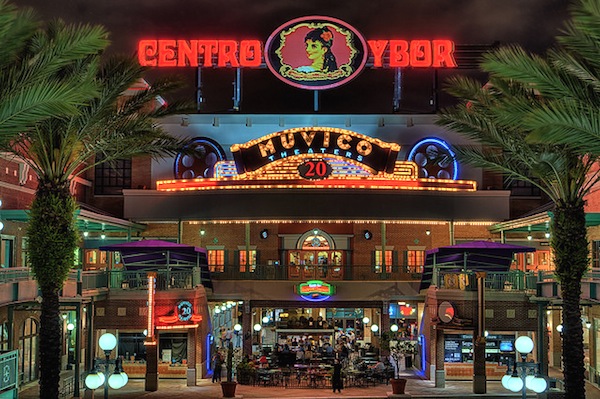
Key West
Free-roaming roosters also live in Key West, but here the main attractions are Ernest Hemingway’s six-toed cats. Snowball, a white feline, was given to Hemingway by a ship’s captain. Today, approximately 50 cats – half of them polydactyl (six-toed) – live at the Ernest Hemingway Home and Museum. Many of them are Snowball’s descendants and were given the names of movie stars and characters in Hemingway’s books.
Step back in time at the Key West Shipwreck Treasure Museum, where storytellers in period costume bring history to life with tales of dangerous shipwrecks, pirates and treasure recoveries.
Master wrecker Asa Tift and his wrecking crew will tell you the story of how the treasures recovered from the shipwrecks provided for the livelihood of the early pioneers of Key West. The kids can help Asa watch for shipwrecks on the reefs by climbing the 65-foot lookout tower. Be sure to check out Asa’s warehouse filled with booty from the reefs.
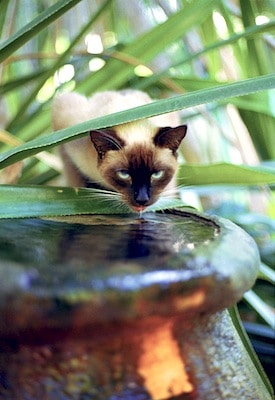
National Naval Aviation Museum
With over 150 restored aircraft and spacecraft, the National Naval Aviation Museum in Pensacola is sure to entertain the potential pilots in your family.
From World War I bi-planes to the Mercury capsules of the Space Age, the museum’s impressive collection brings the history of flight to life. Four A-4 Skyhawks used by the Blue Angels are suspended from the museum’s seven-story atrium. The Space Capsule Display includes a Skylab Command Module, astronaut suits and a Moon Rover vehicle.
Kids can climb into the cockpit for a simulated flight experience at the Cockpit Trainers. A MaxFlight Simulator with high-tech video and real motion simulates the feeling of being on a mission in a high-speed fighter plane. Four different features are shown daily on one of the largest IMAX screens in the world. And, if you’re lucky, you might catch the daredevil Blue Angel stunt pilots on a practice flight.
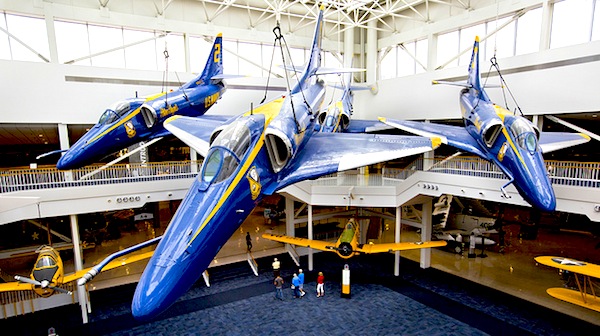
Florida’s Railroads
After bringing the Florida East Coast Railway to Miami in the 1890s, Henry Flagler dreamed of continuing it another 128 miles to Key West. Against seemingly insurmountable obstacles, the railroad was completed in 1912. Riding on the “Overseas Railroad” across 60 miles of unobstructed water was like riding on top of the ocean. The train was in service until 1935, when a devastating hurricane destroyed the engineering marvel.
Pigeon Key served as the base camp for many of the railroad workers during construction. Today, the Pigeon Key Foundation has restored the historical buildings and installed a museum detailing the history behind the Overseas Railroad and the island. Tours are available and include a ferry ride to and from the island.
Pigeon Key can also be accessed by the 2.2-mile section of the Old Seven Mile Bridge, which is open to pedestrian, cycling and golf cart traffic – a great way for the little ones to workoff excess road trip energy.
More of Florida’s railroad history can be explored at the Florida Railroad Museum in Parrish, about 40 miles south of Tampa. The museum offers the unique experience of “riding the exhibits” with regular diesel train excursions.
Thomas the Train hangs out here sometimes for a “Day Out with Thomas,” which is sure to thrill the little ones.


